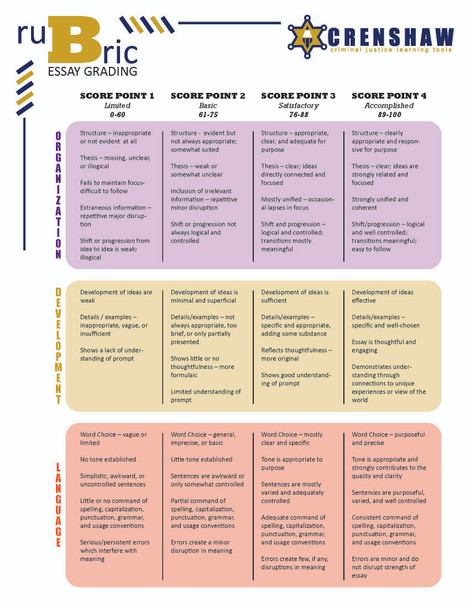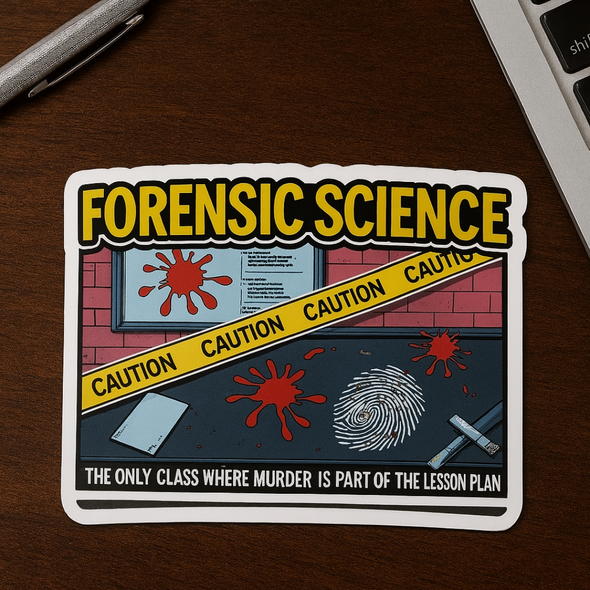Description
Crime scene investigation involves meticulously collecting and analyzing physical evidence from a location where a crime has occurred, ensuring all information is documented and preserved for legal procedures. Investigators utilize techniques such as fingerprint analysis, blood spatter interpretation, and forensic photography to reconstruct events and establish a timeline of the crime.
OBJECTIVE
The students will be able to:
- Employ procedures to protect, document, and process a crime scene.
- Demonstrate how to lift and preserve latent prints from a simulated crime scene.
- Demonstrate how to photograph, sketch, search, collect, and document evidence.
- Identify different crime scene search methods.
- Conduct crime scene searches indoors and outdoors using effective search methods.
- Create a crime scene scenario for other students to participate in.
MATERIALS INCLUDED
Study Guide: Crime Scene Investigation
Infographic: 10 Basic Stages in a Crime Scene Investigation
Informational Text Handout: 4 Steps to Becoming a Crime Scene Investigator
WORKSHEETS
Guided Notes
Guiding Questions
KWL Chart Graphic Organizer
Presentation Rubric
Discussion Rubric
General Essay Rubric
Group Evaluation Rubric
Peer Evaluation Rubric
SUPPLEMENTAL MATERIALS
Evidence Form
Crime Scene Sketch Template
Chain of Custody Form
Fingerprint Card
INTERNET ACCESS IS RECOMMENDED.
TIME FRAME
Approximately four or five 45 min. class periods.
Answer Keys and Rubrics are included.
Visit our Amped Up Learning store at Crenshaw Criminal Justice Learning Tools for more CTE Criminal Justice and Public Safety teaching resources.



























